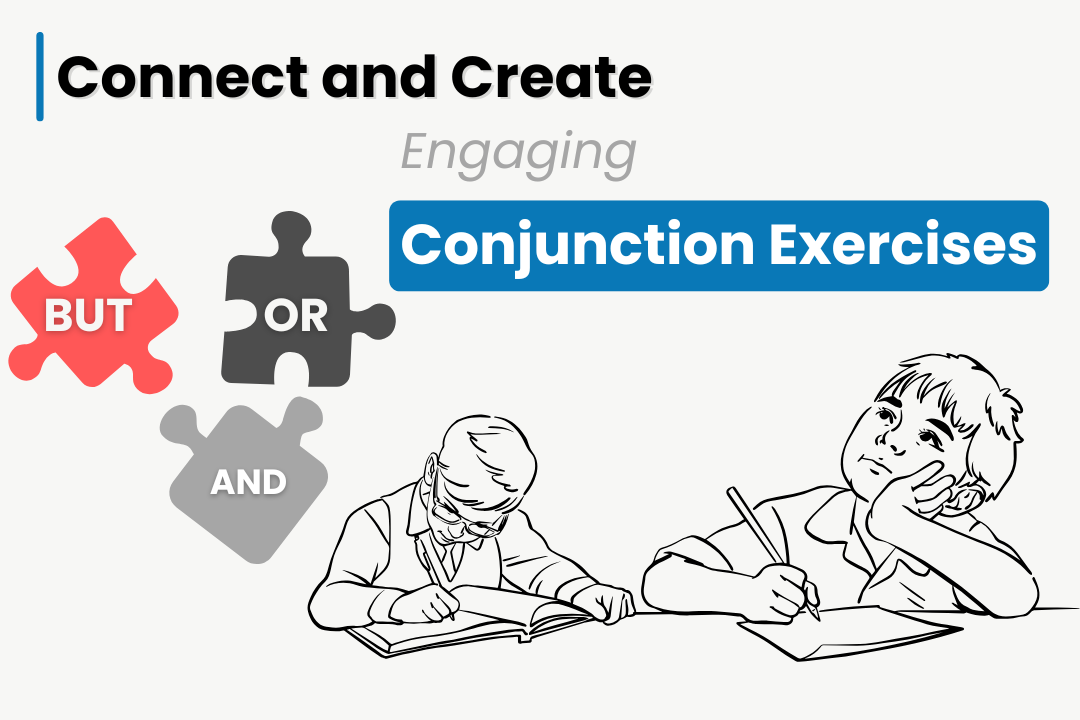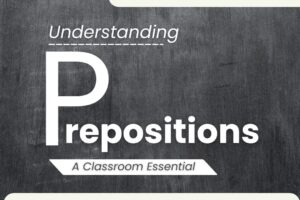
Dialogue writing is a crucial aspect of language learning, especially for students in class 10. It serves as a fundamental tool for expressing conversations and interactions between characters in a story or a play. Dialogue writing, report writing, and notice writing format are important skills that every student should have. It is important for students of class 10 to master the art of dialogue writing as it not only enhances creative writing skills but also helps in effectively communicating thoughts and emotions. In this blog, we will explore the basics of dialogue writing, its importance, the writing format, and some useful tips and examples for class 10 students to improve their skills.
What is Dialogue Writing?
Dialogue writing is the process of writing a conversation between two or more people, sharing their thoughts, feelings, actions, or any other things. It is generally used in various content forms such as stories, novels, plays, and scripts to bring life to the characters and make the narrative more engaging and relatable.
How to Write Dialogue for Class 10?
To write effective dialogue for class 10, it is essential to follow a structured approach. Begin by understanding the characters’ personalities and the context of the conversation. Use simple language and avoid complex jargon to ensure clarity. Pay attention to the use of punctuation and formatting to indicate speech and actions. Make the dialogue realistic by incorporating natural pauses, interruptions, and emotions.
Purpose of Dialogue Writing
What purpose do you think dialogue serves in a play, movie, or story? Does a tale have to have a conversation in it? Stories can feature a third-person narrator or a character who tells the tale from their point of view, unlike the format of a debate where two opposing teams argue and defend a certain resolution. What difference does it make if there are conversations rather than a single person telling the entire tale from start to finish?
Having dialogues along with stage directions rather than just stories can be said to be a better jotting fashion as it gives the readers a clear picture of the characteristics of the varied characters in the story, play, or movie. It also gives your characters life and, overall, a voice of their own. Dialogues portray the emotional state, mindset, background information, and poise of the speakers. This will always be more effective as it will let the readers connect with the characters on a more personal level.
Another genre in which authors can express their creativity to the point of violating certain formal grammar norms is dialogue writing. To emphasize a point, you may, for example, lengthen a word, write the term in capital characters, or use several questions or exclamation marks. For instance: YESSSS!
Stage instructions are an additional element of dialogue writing. Brief sentences included in parenthesis that describe the actions of the characters throughout the dialogue are known as stage instructions. For instance, Dan: I’m still sleepy, wiping his eyes.
The Importance of Dialogue Writing
Dialogue writing plays a significant role in storytelling by adding depth and realism to characters and their relationships. It helps in portraying emotions, conflicts, and resolutions, making the narrative more compelling and immersive. Moreover, it assists in conveying information in a natural and engaging manner, facilitating a better understanding of the plot and the characters’ motives.
The Different Types of Dialogue
Dialogues can vary based on the purpose and context of the narrative. Dialogues are classified widely into 2 categories:
- Inner Dialogue
- Outer Dialogue
Inner Dialogue: The quiet ideas that a character has and does not reveal to other characters are referred to as inner dialogue. These might be the internal thoughts or responses of a character to events or acts expressed by another character. There are no quotation marks around conversations within.
Outer Dialogue: Spoken ideas are what the name “outer dialogues” implies. They include every word that the characters exchange with one another in a dialogue. Quotation marks are usually used to surround outer discourse.
Dialogue Writing Format or Structure of a Dialogue
The format for writing dialogue follows specific rules to ensure clarity and coherence. Each character’s speech is enclosed within quotation marks, and a new paragraph is used for each speaker. Proper punctuation, such as commas, full stops, question marks, and exclamation marks, is used to indicate the tone and flow of the conversation. Moreover, tags like ‘he said’ or ‘she asked’ are used to attribute the dialogue to specific characters.
- Every speaker is given a fresh paragraph. You indicate that someone is speaking by starting a new paragraph. Yes, your characters receive fresh paragraphs even if they only utter one word.
- The paragraphs are all indented. This rule only applies when a chapter or scene break occurs, in which case the first line—including dialogue—is never indented.
- The quote marks are used to enclose punctuation for what is spoken. To ensure that the reader understands how the conversation is being delivered, punctuation is placed inside quotes wherever it appears in the speech of the speaker.
- End citations are absent from speeches that are longer than a few paragraphs. Further details on this will be provided below, but in general, when a character speaks for an extended period, you should break up their speech into different paragraphs and remove the quotation marks at the end before beginning the next one.
- If the speaker is citing another person, use single quotes. In the event that your character remarks, “Man, don’t you love it when girls say, ‘I’m fine’?” the single quotes point to the words of another person.
- Ignore the small conversation and concentrate solely on the relevant details. Get to the point and skip the small chat unless it’s necessary for character development. This isn’t real life, and if you have too much, it will feel even more artificial.
The Importance of Punctuation
Punctuation plays a crucial role in dialogue writing, ensuring clarity, conveying emotions, and enhancing the overall reading experience. By mastering the proper use of punctuation marks, writers can effectively bring their characters’ conversations to life and engage their audience.
Clarity and Readability
Proper punctuation in dialogue writing is essential for clarity and readability. Without punctuation, it can be difficult to distinguish between speakers, identify pauses and emphasis, and understand the overall flow of the conversation.
For instance, consider the following example:
“I love pizza said Emily I could eat it every day.”
Without commas to separate the dialogue tags from the actual dialogue, this sentence becomes confusing and difficult to follow. Adding commas makes it clear who is speaking and what they are saying:
“I love pizza,” said Emily. “I could eat it every day.”
Conveying Emotions and Tone
Punctuation marks also play a vital role in conveying emotions and tone in dialogue writing. Exclamation points indicate excitement or surprise, question marks convey curiosity or uncertainty, and ellipses suggest hesitation or unspoken thoughts.
For example:
“I can’t believe you won the lottery!” exclaimed Sarah.
“Are you sure you’re ready for this?” asked Tom, his voice filled with doubt.
“I… I don’t know what to say,” stammered John.
Enhancing the Reading Experience
Effective punctuation in dialogue writing enhances the overall reading experience by making the conversation more natural and engaging. It allows readers to visualize the speakers’ expressions, hear their inflections, and feel the rhythm of their exchanges. Without proper punctuation, dialogue can become flat and lifeless, detracting from the overall impact of the writing.
Common Punctuation Marks in Dialogue Writing
Here are some of the most common punctuation marks used in dialogue writing:
- Quotation marks (” “): Enclose the spoken words of a character.
- Commas (“,”): Separate dialogue tags from the actual dialogue and indicate pauses.
- Periods (“.”): End complete sentences within dialogue.
- Question marks (“?”): Indicate questions within dialogue.
- Exclamation points (“!”): Indicate excitement, surprise, or emphasis.
- Ellipses (“…”): Suggest hesitation, unspoken thoughts, or trailing off.
By mastering the proper use of these punctuation marks, writers can craft dialogue that is clear, engaging, and emotionally resonant, bringing their characters’ conversations to life and captivating their audience.
Tips for Writing Effective Dialogue
- Understand the character’s background and personality.
- Use simple and realistic language.
- Maintain a balance between dialogue and narrative.
- Avoid lengthy monologues and focus on concise exchanges.
- Show emotions through actions and dialogue.
- Use appropriate punctuation and formatting.
- Read the dialogue aloud to check for natural flow and coherence.
Examples of Dialogue Writing
Example 1
[SCENE START]
INT. LIVING ROOM – EVENING
A couple, EMILY and DAVID, are discussing their plans for the weekend.
EMILY: I’m so tired of being cooped up inside all week. I want to do something outdoors this weekend.
DAVID: I agree. Maybe we could go hiking or for a bike ride.
EMILY: Those both sound great. I’m also open to other suggestions.
DAVID: What about going to the beach? It’s supposed to be a nice day on Saturday.
EMILY: That sounds perfect! We could go swimming, sunbathing, and walking on the beach.
DAVID: Sounds like a plan.
EMILY: I’m really looking forward to it.
DAVID: Me too.
[SCENE END]
Example 2
[SCENE START]
INT. COFFEE SHOP – DAY
Two friends, ANNA and BEN, are sitting at a table, sipping their coffees.
ANNA: So, I’ve been thinking about taking a cooking class.
BEN: Oh, that sounds great! I didn’t know that you were interested in cooking, is it a new thing or what?
ANNA: Yeah, I love cooking for friends and family, but I feel like I could learn a lot more.
BEN: There are tons of great cooking classes out there. I’m sure you’ll find one that you love.
ANNA: I’m looking at a class that focuses on Italian cuisine. I’ve always loved Italian food.
BEN: That sounds delicious. I’m sure you’ll learn how to make some amazing Italian dishes.
ANNA: I hope so! I’m also excited to learn about different cooking techniques.
BEN: I’m sure you’ll pick up some valuable tips. Let me know how the class goes!
ANNA: I will!
[SCENE END]
Dialogue Writing Exercises
Practice is key to mastering dialogue writing. Engage in various exercises such as creating dialogues between friends, family members, or fictional characters. Write dialogues that convey different emotions like joy, anger, fear, or excitement. Experiment with diverse scenarios and settings to improve your dialogue writing skills and develop a deeper understanding of character dynamics.
- Write a dialogue between two friends talking about their favourite books.
- Write a dialogue between husband and wife about the rising prices of essential commodities.
- Write a dialogue between two friends discussing if science is a blessing or a curse.
Conclusion
Dialogue writing is a valuable skill that enables students to express their creativity and effectively communicate ideas and emotions. By following the prescribed format and implementing the suggested tips, class 10 students can enhance their dialogue writing abilities and create engaging narratives that resonate with their readers. Regular practice and exploration of diverse dialogue scenarios will further refine their storytelling capabilities and contribute to their overall growth as proficient writers.








